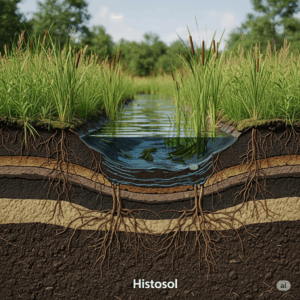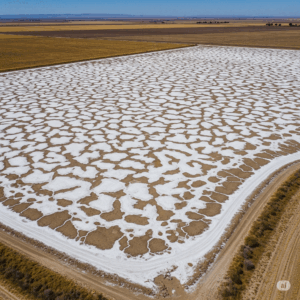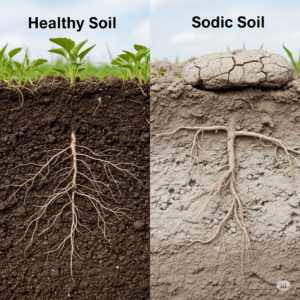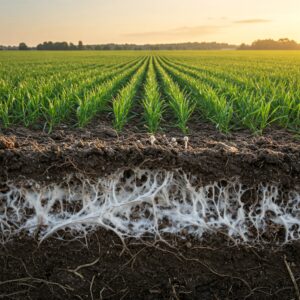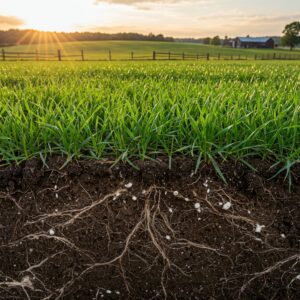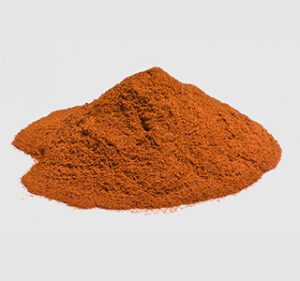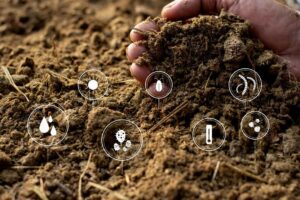Calcareous Soils: The Influence of Calcium Carbonate in Agriculture
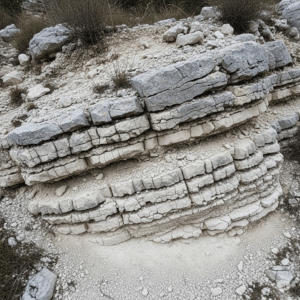
In the diverse spectrum of soil types, calcareous soils are distinguished by their remarkable calcium carbonate ($CaCO_3$) content. This fundamental characteristic significantly influences their physical and chemical properties, presenting both opportunities and challenges for agriculture. From their characteristic whitish color to their tendency towards alkalinity, understanding the peculiarities of calcareous soils is crucial for successful …
 AgronoBlog – Agriculture Blog
AgronoBlog – Agriculture Blog 